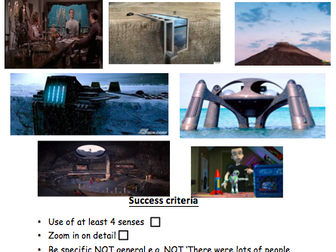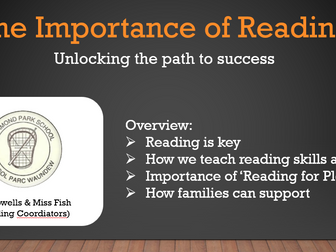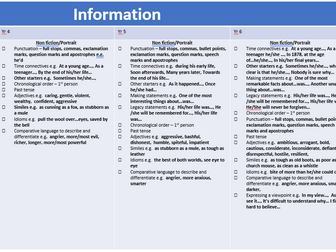Real Life Problem Solving: Decimal Place
I used this as an observed lesson and achieved Excellent'.
Prior to this lesson I had worked with pupils on Adding, Subtracting, Multiplying and Dividing subtractions.
There is a warm up section which re-caps on many of the things that we covered in the week leading up to this lesson. Pupils then used I-Pads to scan the QR codes to retrieve the answers and self assessed or peer assessed.
I then gave them the real life scenario of having to order a meal for a family on a budget. The worksheets are differentiated, the higher ability have more detailed criteria to hit making the budget more difficult more difficult to manage.
There is a model of the worksheet which I completed with the whole class to ensure they understood how to complete it.


